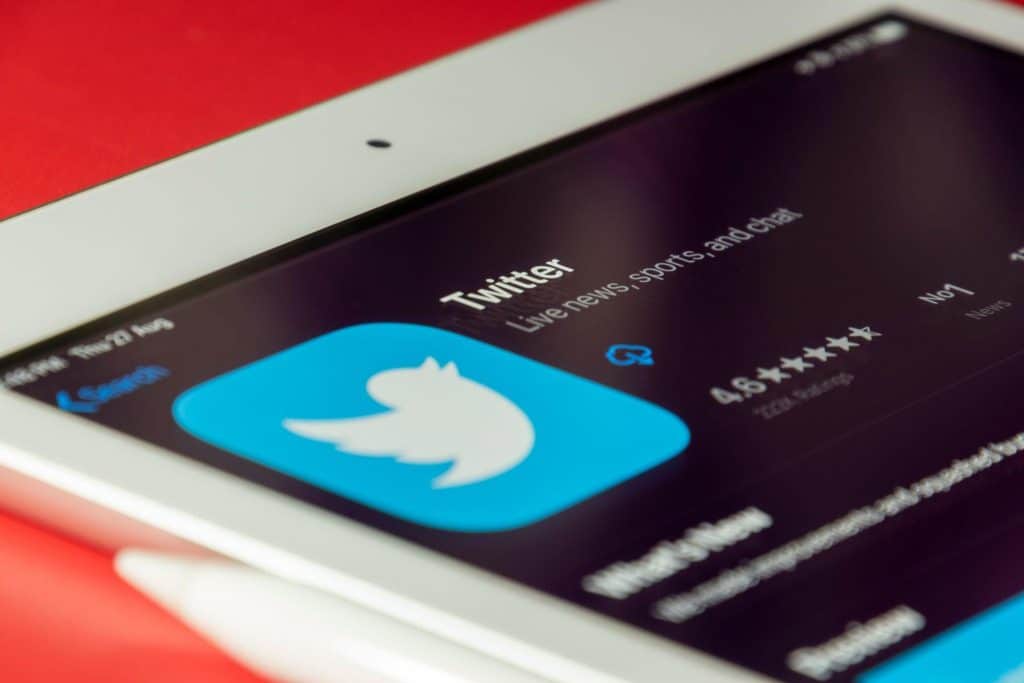Providing fast, friendly, and helpful customer support has become one of the biggest priorities for modern brands. Today, people do not always want to send emails or wait on long customer service calls. Instead, they turn to social platforms—especially Twitter—to get quick answers. With the help of smart tools like TweetGrok and a reliable Twitter viewer, brands can manage customer queries more effectively than ever.
This article explains how businesses can use Twitter as a powerful customer support channel, why speed matters, how to handle complaints publicly, and how tools like Twitter viewer platforms can help improve customer satisfaction.
Why Twitter Is a Powerful Customer Support Channel
Twitter has transformed into a real-time communication platform where people expect fast responses. When someone experiences an issue with a product or service, their first instinct might be to tweet about it. This makes Twitter an ideal place for brands to:
- Answer questions quickly
- Solve problems in real-time
- Show their commitment to customers
- Build public trust through transparency
Twitter is public, and this is an advantage. When customers see that a brand responds quickly and professionally to issues, it strengthens the brand’s reputation. Using a Twitter viewer can help support teams stay organized and keep track of ongoing conversations more efficiently.
Setting Up a Dedicated Customer Support Strategy on Twitter
To use Twitter effectively, brands need a clear customer support plan. Here are the key steps:
1. Create or Designate a Support-Focused Twitter Account
Some brands choose to operate a separate Twitter account for customer support. This helps customers find support more easily and keeps the main page focused on marketing.
However, even if you use your main account for support, make sure to:
- Add support hours in the bio
- List the types of help you provide
- Encourage people to reach out via Twitter
Using tools like TweetGrok or a structured Twitter viewer dashboard helps your team manage multiple accounts and messages without getting overwhelmed.
2. Set Clear Response Time Expectations
Twitter users expect quick replies—often within minutes or hours. Brands should clearly state:
- “We respond within X hours”
- “Our support team is available from ___ to ___”
By setting expectations, you reduce frustration and help customers understand when help is available.
A Twitter viewer helps teams monitor messages in real-time so they can reply within the promised timeframe.
Creating a Smooth Workflow for Support Teams
3. Use Twitter Viewer Tools to Track and Manage Conversations
Managing dozens—or even hundreds—of tweets a day can be challenging. This is where a Twitter viewer becomes incredibly useful. It allows support teams to:
- Track mentions and hashtags
- Follow customer complaint patterns
- Retrieve old conversations for context
- Quickly spot urgent issues
- Identify repeat questions
TweetGrok is especially helpful because it assists brands in monitoring discussions and analyzing trends, allowing teams to respond faster and more intelligently.
4. Respond Quickly and Politely to Public Complaints
When complaints happen publicly, brands must handle them with care.
A helpful formula for responding:
- Acknowledge the issue
- Apologize briefly if needed
- Offer a quick solution
- Move sensitive details to direct messages
Example:
“Hi! Thanks for reaching out. We’re sorry you’re experiencing this issue. Please send us a DM with your order number so we can help right away.”
Using a Twitter viewer makes it easy to find these comments instantly and respond before frustration grows.
Using TweetGrok to Improve Customer Support Processes
5. Analyze Customer Behavior and Trends
Tools like TweetGrok help brands understand what customers are talking about most often. You can track:
- Common issues
- Product questions
- Feature requests
- User frustrations
- Positive feedback
By recognizing patterns, brands can improve their product and update FAQs to reduce repetitive customer support requests.
6. Measure Support Team Performance
A customer support strategy is only effective if you measure it. Using TweetGrok or a similar monitoring system, brands can review:
- Average response times
- Number of issues resolved
- Trending customer topics
- Sentiment around the brand
These insights help managers improve team performance and offer better solutions to customer problems.
Best Practices for Giving Excellent Support on Twitter
7. Keep Replies Short, Helpful, and Easy to Understand
Twitter limits how much you can write, so clarity is key. Avoid long explanations. Instead:
- Use simple words
- Provide direct answers
- Share links if more details are needed
A clean, simple message helps customers get the information they need quickly.
8. Be Human, Not Robotic
Customers appreciate friendly interaction. Use a warm tone:
- “Thanks for reaching out!”
- “We’re here to help”
- “We understand how frustrating this can be.”
Showing empathy goes a long way in building trust.
9. Use Visuals When Necessary
Sometimes an image or short video can explain a solution better than text. Brands can respond with:
- Screenshots
- Step-by-step images
- Short tutorials
These improve customer experience and reduce confusion.
Turning Twitter Support Into a Brand Strength
10. Showcase Positive Interactions (Carefully)
If customers praise your support team, retweeting or replying publicly can help demonstrate your brand’s commitment to service.
This builds social proof—one of the strongest ways to earn trust online.
11. Create a Knowledge Hub Based on Twitter Issues
If you notice the same questions coming up over and over, you can create:
- FAQ pages
- Help center articles
- Quick tips videos
- Automated support responses
Using a Twitter viewer helps you identify these recurring topics more easily.
Final Thoughts
Twitter is one of the fastest, most transparent ways to help customers. But to handle support smoothly and efficiently, businesses should use tools like TweetGrok and reliable Twitter viewer platforms. These tools help support teams track conversations, respond quickly, analyze customer behavior, and strengthen brand trust.
